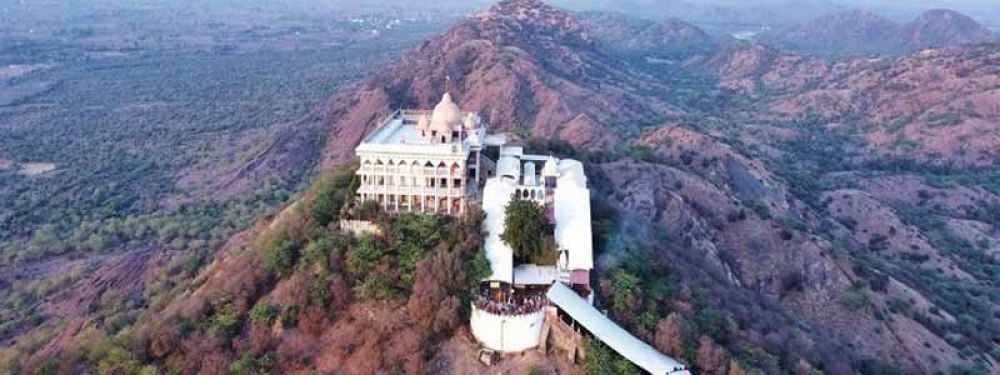

The Chauth Mata Temple is deeply entrenched in the religious tapestry and tourism history of Sawai Madhopur, a district famously known for the Ranthambore National Park in Rajasthan, India. The temple, which is dedicated to Chauth Mata, goddess of the fourth day of the lunar month, has been a pivotal destination for pilgrims and tourists alike.
The origins of Chauth Mata Temple date back to the 15th century when the local ruler, Maharaja Bhim Singh brought the idol of Chauth Mata from Pachala and enshrined it in Sawai Madhopur. Legend has it that the king vowed to worship the goddess after she granted him victory in a particularly challenging battle.
Ever since the establishment of the temple, Chauth Mata has been revered as the giver of wealth and prosperity, attracting thousands of devotees, especially during the Chauth Mata Mela.
Tourism at the Chauth Mata Temple began to flourish as the fame of the goddess spread far and wide. Initially, devotees from nearby areas traversed rough terrains and arduous path to offer their prayers. Over the years, the popularity of the temple grew exponentially resulting in infrastructure developments that catered to the influx of tourists.
Rajasthan's push towards promoting cultural tourism gave an added impetus to the temple's appeal, and it became an integral part of the Rajasthan tourism circuit, with many tourists visiting the temple after a safari in the nearby Ranthambore National Park.
In recent years, eco-friendly tourism and sustainable travel have shaped the landscape of travel to Sawai Madhopur. Tour operators and local authorities have made concerted efforts to minimize the environmental impact of tourism, ensuring that the sanctuary of Chauth Mata remains pristine for future generations. Moreover, the integration of technology, like online darshan and virtual tours, have made the temple accessible to devotees who cannot visit in person.
The annual fair continues to be one of the temple's primary attractions, bringing in a substantial number of pilgrims who join the festivities, strengthening the temple's status as a key contributor to the cultural heritage tourism in Rajasthan.
When planning a visit to the Chauth Mata Temple, bear in mind that it involves a climb of around 1,000 steps, which is why it is often recommended to visit during the cooler months between October and March. The temple is well-connected by road, and accommodation options range from basic dharamshalas (religious rest houses) to luxury resorts in Sawai Madhopur.
In conclusion, Chauth Mata Temple is not only a destination for spirituality but also a testament to the ancient history and evolving tourism trends of Rajasthan. It offers a harmonious blend of faith, natural beauty, and cultural richness that is sure to leave an indelible mark on the hearts of all who venture here.